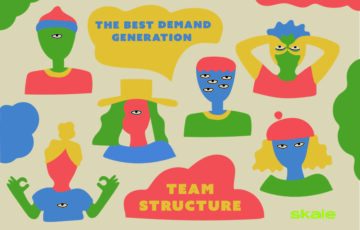
The Best Demand Generation Team Structure to Nurture Leads
So you know you need a demand generation team, now what? Read on for the people you'll need, their skillsets, and what you should be paying them.
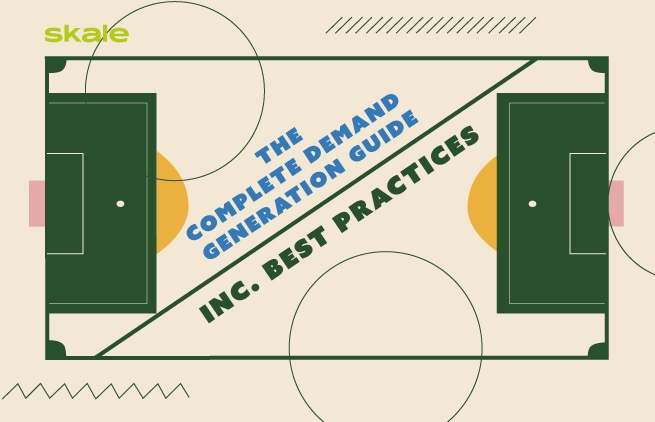
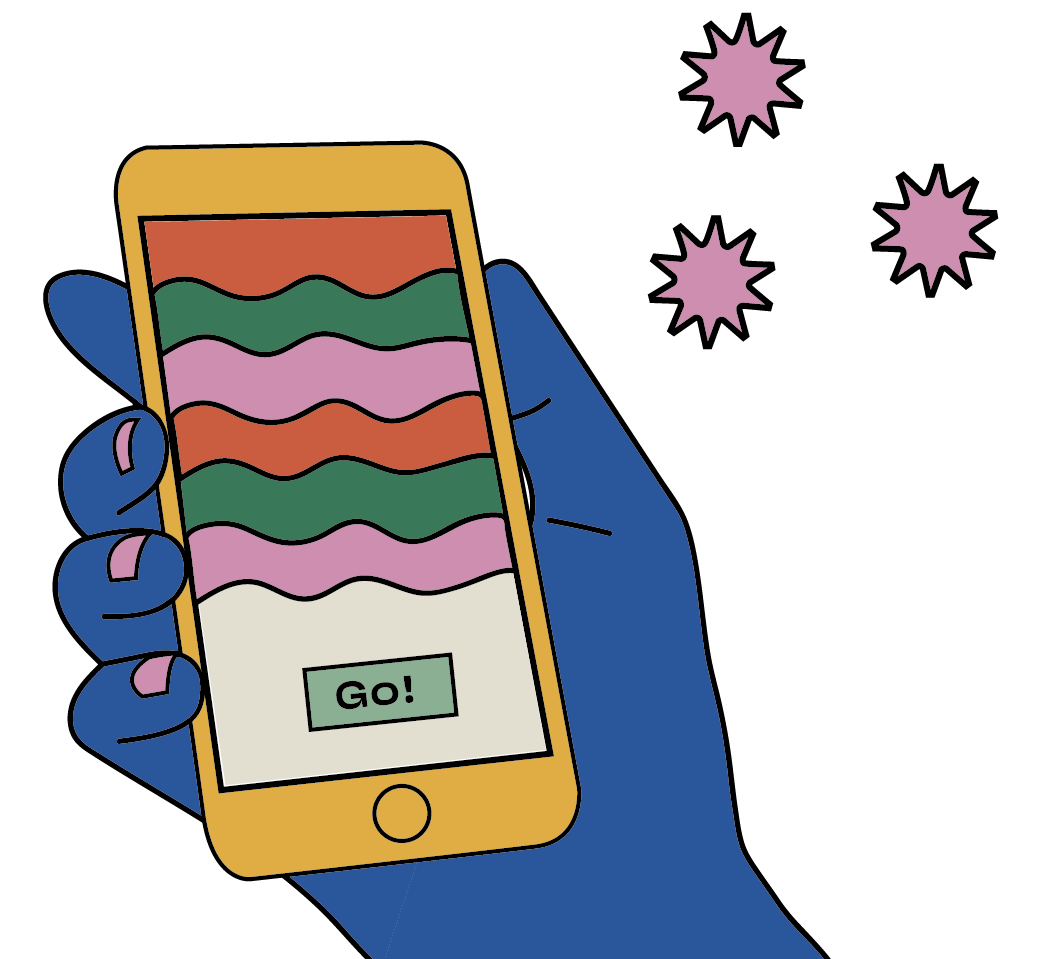
Hyper-scale your SaaS SEO efforts
See where Skale’s dedicated team of experts can take your MRR
Schedule a callDemand generation gets the customers that your business deserves. It’s an inbound marketing strategy that manages to leverage data to increase awareness, popularity, and interest from the right people for your brand and product. This strategy works at the very top of your sales funnel.
“Demand generation is all about creating awareness of your services or products. The well-designed strategy broadens the interest group, builds engagement, increases traffic, and turns interest into action.”
–Nina Pączka, Community Manager at Zety
Demand generation, or demand gen, is a marketing method that leans on inbound marketing in order to generate awareness and pull for brands and their products. It’s an active marketing strategy throughout the entire customer lifecycle.
In today’s day and age, where there are thousands of new companies emerging every day–in 2021 alone, nearly 5.4 million new business applications were filed–it’s mandatory to prove your worth to customers before they consider buying your product.
You need to be on your client’s radar and stand out from the competition. Not an easy task, we know. However, demand generation is the strategy to empower and educate your customers so that they see you as the authority and the logical solution to solving their pain points.
What’s important is to not confuse demand gen with lead generation. Although some people use them interchangeably, they’re definitely not the same thing.
Demand generation campaigns focus on brand awareness and attracting new potential customers–high-quality leads–while lead gen is making them go from browsers into prospective customers, with an end goal of winning paying customers.
Demand generation is at the top of the digital marketing funnel and lead generation is towards the bottom of the funnel.
If you want to get down to the nitty-gritty of what makes demand and lead gen different types of fish, here at Skale we have you covered with this Demand Gen vs Lead Gen article. It’ll clear any doubts you might have and make you sound like a full-on expert on the topic.
Generating more demand is any B2B SaaS business dream. In fact, 70% of marketers say their demand gen budgets will increase in the following years–there’s demand for demand gen.
Demand generation is not only a volume game. You’re not aiming to just attract any bee to your honey. Instead, you’re aiming to attract those beautiful and rare queen bees that will then make your business ROI that much sweeter.
When you’re able to attract high-quality leads, 🐝 those that really match your user personas, you’ll increase your chances of conversion. 🍯
Specific outcomes and demand gen campaign results will vary depending on your B2B SaaS company’s goals. However, they all have one thing in common: a great demand generation strategy helps your business grow–guaranteed.
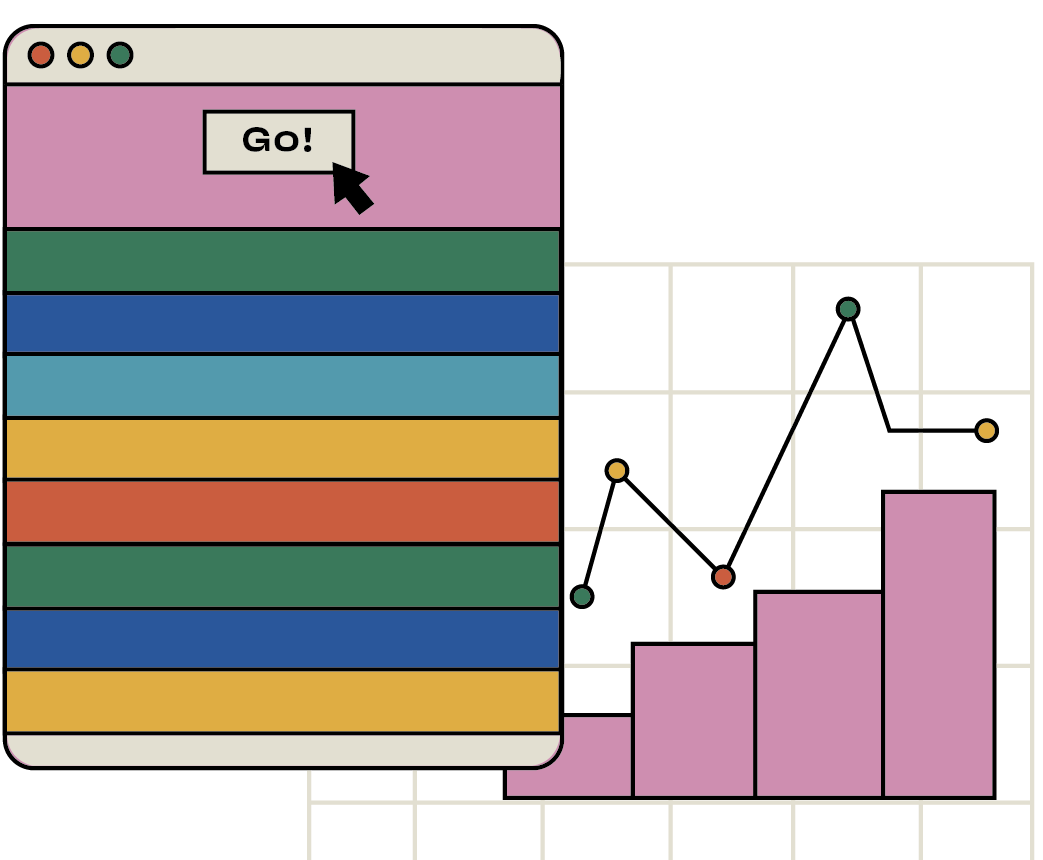
Leave your SEO to the experts
Up your game. Apply for full SEO Management with the Skale team
Contact UsWe get it, demand generation is the bee’s knees, but how exactly does it work?
B2B SaaS marketing and sales teams that have a successful demand generation plan focus on the following three main phases that make creating demand and nurturing prospects sweet as pie.
Are people aware of your brand? Are you being seen?
Normally, audiences of demand generation strategies are well aware of what their needs are. However, they might not know that you can solve their needs, or that you even exist. In the discoverability phase, also called the awareness phase, you want to simply ignite intrigue in your prospective customers, and get on screens.
As a SaaS company you need to be visible to your users in their search, and let’s be honest, we’re talking Google. Up to June 2021, Google dominated the search engine market with 92.4% of the market share, with 5.6 billion searches per day. To achieve organic search wins during these initial phases, you’ll need these two main tactics: Search Engine Optimization (SEO) and paid search (PPC).
Let your prospective customers know you’re a company that can help with their pain points.
These aren’t just fancy marketing buzzwords. They’re the brand experiences that make your brand pop in the customer’s head.
Truth is, your ideal buyer won’t always be ready to make a purchase. However, you still need to continue interacting with them so that eventually they move from potential to actual customers.
In the brand activation or engagement phase you interact even more closely with your users. You let them know exactly how you’ll target each of their pain points, and most importantly, you showcase the benefits of using your product over the competition.
A popular tactic used by the sales team for this phase is email marketing.
Email marketing is seen as the most effective distribution channel for demand gen efforts by 79% of B2B marketers, and it’s seen as one of the top methods to successfully nurture subscribers, audiences, and leads.
Once your demand gen strategies are in motion, you’ll need to collect the necessary data to be able to optimize for conversion.
At the end of the day, the real proof that your demand generation ideas are fruitful is conversion rate. To increase customer conversion rates you’ll need to understand how your website is performing–what’s really working and what might be lacking.
For SaaS businesses, their website is their presentation card, headquarters, and CEO office–it’s where everything happens. If your website is poorly designed, does not communicate your value properly, or confuses the user on how your product works, your demand generation efforts will go down the drain.
These are a few common CRO opps for brands to look out for:
CRO is a fundamental part needed to actually bring your demand generation and marketing operations to fruition.
These three briefly explained phases are what make generating demand possible.
There are many tactics that will perform better depending on the product or service SaaS companies provide, and the market and industry that your company is in. For some, webinars will be the key thing to do, while others will see more results from infographics or videos in their content marketing efforts.
Source: 2022 Demand Generation Benchmark Survey, DemandGen Report
However, here are three of the most successful demand generation tactics for 2022 that you should be paying attention to:
Webinars are one of the best ways to engage with potential users. A webinar is not a sales pitch, it’s an educational activity to position yourself as a thought leader and to generate a direct connection with users.
Webinars are great for top-of-the-funnel (TOFU) and they’re also great for middle-of-the-funnel (MOFU) campaigns. They were the top choice for the mid-stage buying journey for 48% of B2B marketers.
When combined with your other co-marketing strategies, webinars are the perfect way to reach wider audiences and gather more in-depth insights. Additionally, you can repurpose webinar content so that it can become a promotional product video, social media post, or even an infographic elsewhere. Check out this example below from GoHighLevel.
Thanks to the pandemic, the world realized that life online is possible. According to Forbes, virtual events increased a whopping 1000%–not a number to be ignored. Virtual events are brand awareness galore and can be what puts you in front of your target audience.
In case you’re wondering what the difference between a webinar and a virtual event is, it’s all about the topic.
For a webinar, you’ll focus 30-90 minutes on one specific topic, almost like a master class.
Whereas, virtual events feel more like an online conferences. You have different topics and talks for you to pick and choose the ones that you like the most. One great example of a virtual event is the Forbes Under 30 Summit.
Videos are a great way to catch your user’s attention, inviting them to remain longer on your website and truly get them to understand what you offer. In fact, 94% of marketers agree that videos are key to helping users understand their product or service.
“In a mobile-first world, you have less time to grab people’s attention, with attention spans being shorter than ever, videos will be used even more to boost rankings, show-don’t-tell for maximum impact, because rich content drives engagement, traction, and growth. The world is moving to mobile-first or mobile-only, and fewer people accessing the web on big screens so everyone is tailoring their site, message, and content accordingly. More people watch videos than TV now so adding video to your site and using the right keywords for video descriptions and headlines will ensure you do better in searches too.”
–Paige Arnof-Fenn, Founder & CEO, Mavens & Moguls
With video, another important thing to keep in mind is to make it accessible to all users. Adding subtitles is now a priority, not only for those with hearing impairments but also for those learning the language, or who have simply left their headphones at home. HappyScribe is a great tool to use for audio transcription and adding subtitles to any video.
Finding the right tactic will depend on many factors, so it’s always useful to do some trial and error. However, these three tactics are guaranteed to help you increase demand and lead generation.
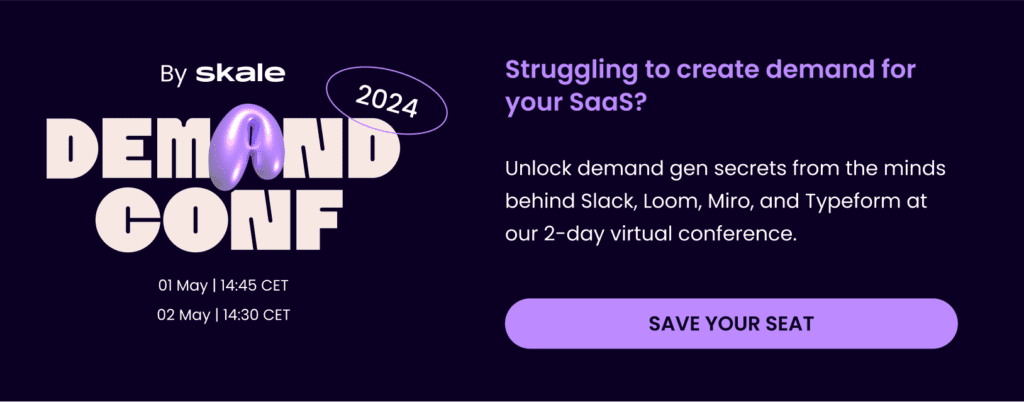
Now, let’s get down to some actionable demand gen tips and best practices for you to get your SaaS company to new levels of awesomeness.
A user persona is a fictional character of what the ideal user is of your product. Through market research, you’ll get to create a user persona that will allow you to understand the motivations, behaviors, frustrations, pain points, and needs of your ideal user.
Once you have developed user personas, you’ll have the perfect starting point to generate a truly successful demand generation campaign.

Once you understand your ideal user, you’ll be able to see in which channels your prospective customer is hanging out. Do they prefer social media? Are they looking for high-quality thought leadership via blog content? Or maybe they spend more time with newsletters?
Finding the right channel for your demand gen strategy is a make-or-break deal, so choose wisely.
Collaborations are a great way to position your brand. Not only does it help to appear in front of your users in a natural way, but it helps build the authority of your software. It’s not the same as a SaaS company that advertises by itself, as one that runs a collab with Hubspot or Slack, for example.
“With more marketing activity happening outside your website, collaborations are incredibly important. Building your own audience remains important as it gives you a foundation to build out all your activities from, but waiting for your audience to sign up is often too late–as by that time, your competitors will already have been engaging and influencing them. We collaborate with influencers and thought leaders and co-promote on our LinkedIn Live as well as guest appearances on their podcasts to reach a wider audience. This in turn increases our audience but also allows you to reach a much wider audience than you would otherwise be able to do.”
–Riaz Kanani, Founder/CEO, Radiate B2B
The best way to be discovered and build brand awareness is by being where your users are looking: search engines.
Let’s look at some interesting statistics to prove the importance of SEO:
These prove how important SEO is. If you’re not at the top of the search pages, your demand generation will be as useful as a screen door on a submarine–we mean it.
Like Paige Arnof-Fenn shared with us:
“You do not exist today if you cannot be found online. Being invisible online is a terrible strategy so making sure your site is keyword rich/mobile friendly/loads quickly/produces meaningful content is the price of entry/great foundation for effective SEO. Social media and technology are 24/7 so it is easy to get sucked into it but don’t let them drive you crazy, you do not need to be everywhere, it does not matter which platform you choose just pick one or two that are authentic to you.”
Pay attention to your SEO and you’ll be one step closer to demand gen glory.
“SEO is not something that can be gamified anymore and with the influx of AI technology creating content effortlessly, it is more important than ever to develop blog articles for SEO that have perspective and experience that an AI can’t replicate. This is where first-party data and case studies can be really effective as they are unique to your business.”
–Dan Gray, CEO of Vendry
If you’re looking for SEO experts to help you get on that prime digital real estate, here at Skale we know a thing or two.
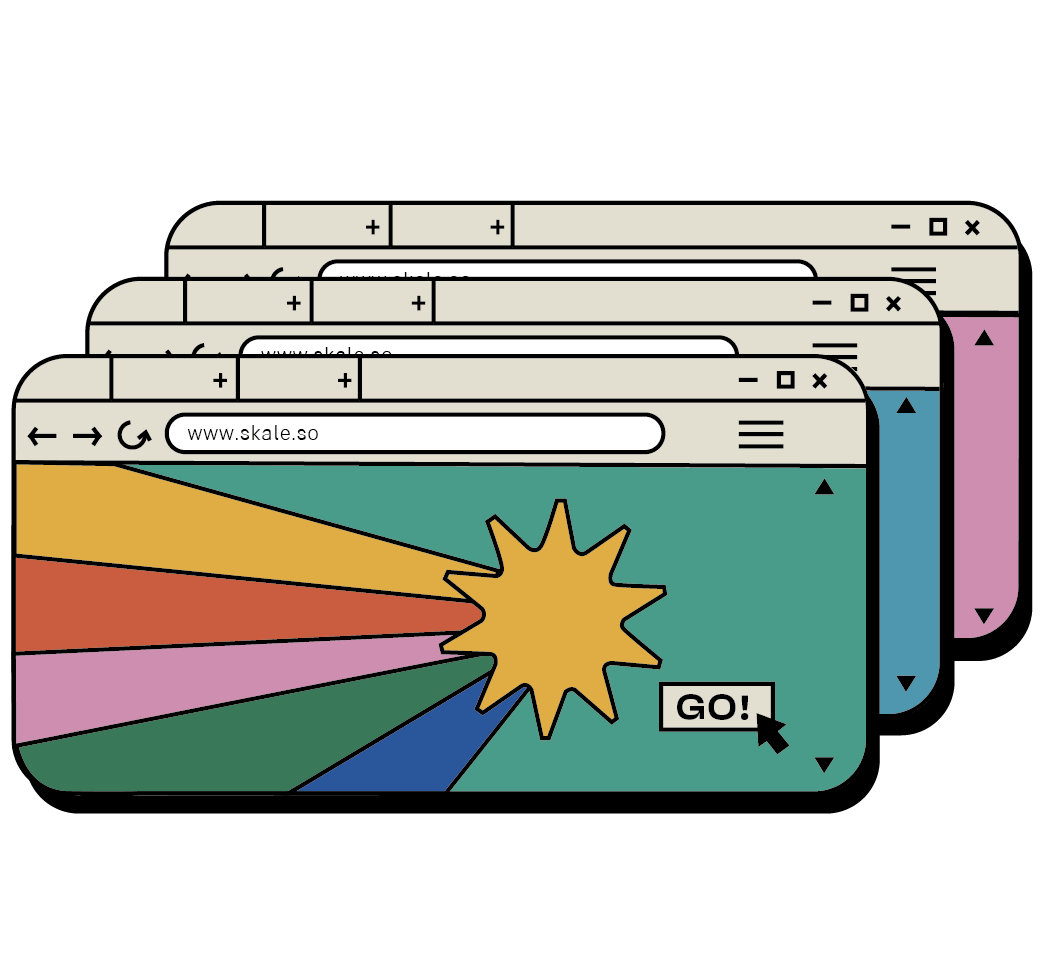
Steal ideas from a real-life SaaS SEO success story
See how Holded scaled their signups by 450% in less than 12 months
Take a look hereProviding real value to your customers is truly rewarding. That’s why 58% of B2B marketers used content marketing to successfully nurture subscribers, audiences, or leads. The top two methods for content are email, 87%, and educational content, 77%.
By developing educational content you’re building trust and an emotional relationship with the user, which will help them to pick you over the competition. However, focus on the content, and make it approachable, empathic, and as super-charged with value as you can.
Paige Arnof-Fenn shared an important piece of advice for those building their thought leadership:
“Instead of trying to start your own blog or newsletter, try contributing regularly to existing well-trafficked blogs in your industry or newsletters of like-minded organizations reaching the same target audience as you. Make sure you put your URL or contact info on it so they can find you and follow up. When your articles or talks become available online, make sure to send them out via social media to all your friends, followers, and contacts. Start small and build as you go.”
Offering free trials and resources is a fantastic way to build trust and confidence in your product.
Although the top practices to draw conversions later in the funnel are email with 46% and website with 38%, product demos, and free trials secured second place with 40%–it’s not magic, but it gets close.
One important thing to keep in mind with free trials and demos is that you should aim for the easiest, most seamless onboarding experience. You want users to have the best possible experience with your software so that once they are ready they’ll convert to full customers.
Demand generation tools are a convenient way to save time, money, and resources. They help your inbound marketing strategy and support lead gen, and they also help you keep track of your demand gen metrics–we’ll discuss them more, further down.
Additionally, demand gen tools are often the missing piece for sales and marketing teams to work together in perfect unison.
Check these demand generation tools to discover some not-so-well-known tools that can help nail your demand gen game.
Demand generation is always changing and adapting to new trends, technologies, and customer pain points, this makes it a requirement to continuously be testing and proofing your demand generation hypothesis.
There are many variables, and each product and company will have a different level of performance. That’s why it’s necessary to have the right demand gen metrics on the side to make sure everything is running smoothly at all times, and you’re aware of areas to improve.
“The ultimate north star metric of Demand Generation is qualified leads. While other leading indicators like website visitors, ad clicks, or impressions are helpful for understanding the performance of certain initiatives, especially early on, the goal of Demand Gen teams should be to find individuals who are qualified and get them primed to chat with a sales team.”
–Dan Gray
A good demand generation marketing strategy can truly make or break your B2B SaaS business.
It’s the marketing strategy to get to prospective users that will convert and turn into happy, long-lasting customers.
Use these eight best tips and best practices for demand generation to get you from zero leads to the most jam-packed sales funnel you’ve ever seen.

Scale your demand generation efforts
See how Skale can leverage your SaaS SEO and content marketing
Learn moreA demand gen strategy is the sum of all the campaigns you run, across multiple channels, in order to increase brand awareness and product discovery.
Demand generation sits at the top of the funnel. Its purpose is to bring interest and demand into the sales funnel. Lead generation, instead, is all about lead conversion and nurturing, proving that your SaaS company is much better than the competition.
Demand gen teams are in charge of reviewing customer insights to make sure your sales funnel is flowing properly. By constantly checking and making adjustments and changes to the marketing strategy, they guarantee a successful demand and sales growth for the business.
Learn more about
Demand Gen

The Best Demand Generation Team Structure to Nurture Leads
So you know you need a demand generation team, now what? Read on for the people you'll need, their skillsets, and what you should be paying them.
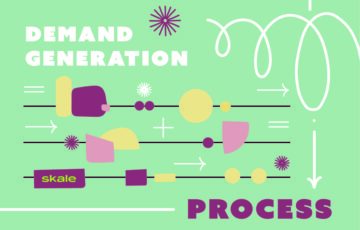
6 Elements to Include in your Demand Generation Process
Everything you need to know to build a stellar demand generation process, and a more profitable SaaS business.
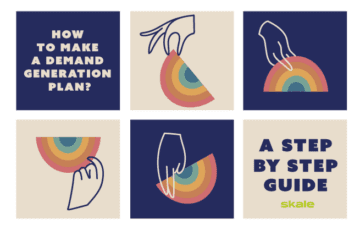
How to Craft a Winning Demand Generation Plan
Your eight-step guide to crafting a demand generation plan that helps your SaaS take flight.